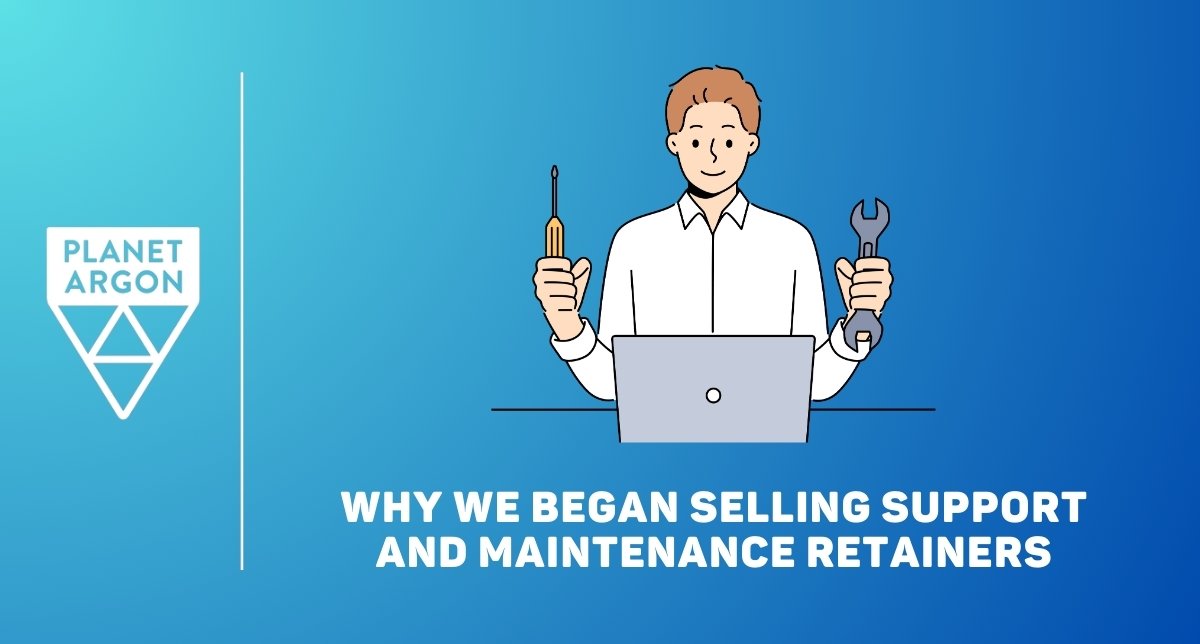
There’s a common issue I've been having with the default way that simple_form renders the markup for checkboxes and radio buttons.
It’s been irking me for some time, because all that needs to happen is have an element that wraps both label and input together so we can style them as a block.






